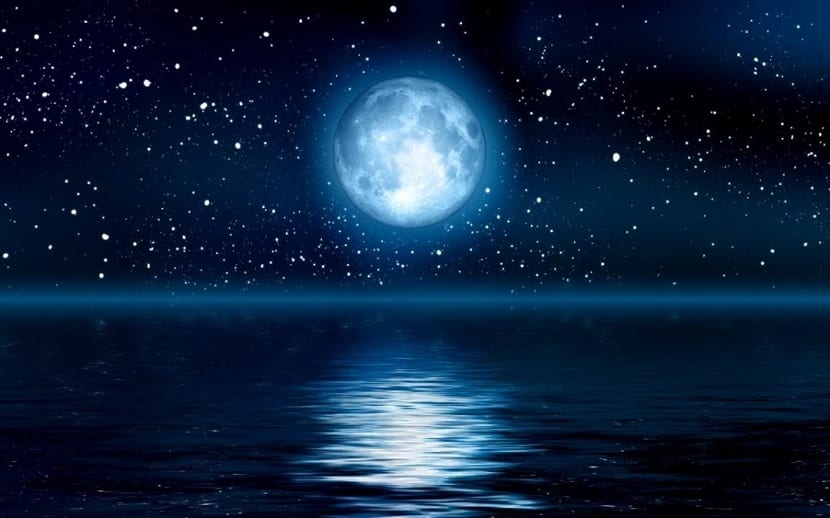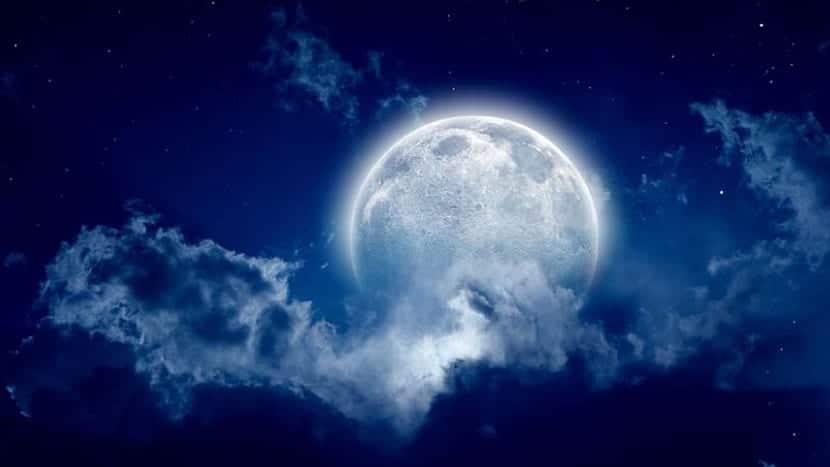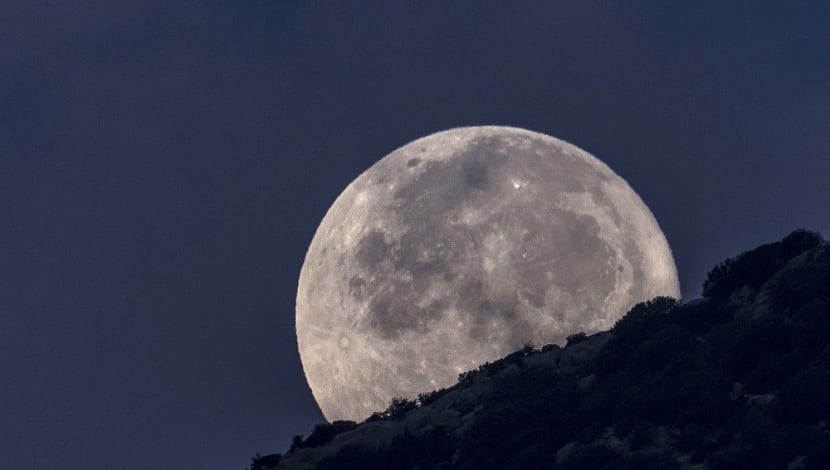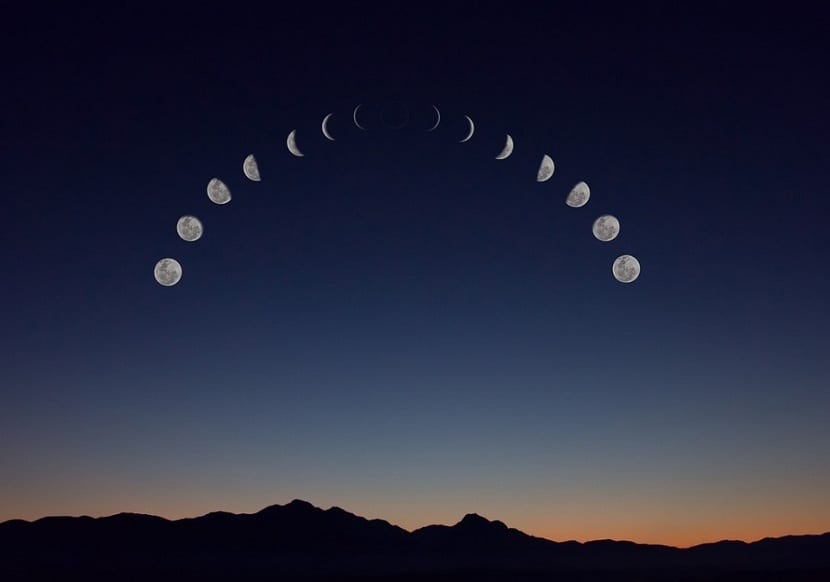
The blue moon es an astronomical event which is known as the existence of two full moons during the same month. Why this happens, when and how often is something that is studied a lot in science. In this article we are going to tell you what the blue moon is and why it takes place, as well as some more secrets.
Are you curious to know what the blue moon is? Keep reading because we tell you everything.
What is the blue moon

The blue moon or blue moon in English, it is an event that takes place in certain years in those with more than one full moon per month. Although it is called blue, it does not mean that this second full moon that we are observing is properly blue. It has nothing to do with it. It is the name that is called to the second full moon of the month and that occurs every so often.
During this year 2018 we have had two blue moons. It is an event that rarely occurs. In the month of January we had two full moons throughout the same month as in March. The second moon of this month is what is considered a blue moon.
This fact is due to the fact that the full moon occurs approximately every 29,5 days. This is what is considered as the lunar month or lunar cycle, in which all parts of your phase. If the full moon occurs at the beginning of the month, it may be long enough for there to be a second at the end. In order for this to take place, we must continue to study the biodynamic patterns of the phases and the cycle of our satellite.
Moons in March 2018

We are going to analyze why the blue moon occurred in the month of March 2018. As February has only 28 days, it is quite short with the rest of the months. Therefore, if the full moon takes place at the beginning of the month, it gives enough time so that just at the end another one can be seen. The first full moon took place on March 2 and the second on March 31, just the last day of the month. This second moon is what we call the blue moon.
Not for this reason, it has the color blue or anything like that. When this event takes place, in the rest of the year 13 full moons are registered instead of 12. The same happens with the seasons of the year, in which some of them may have 4 instead of 3.
This seasonal blue moon is called the seasonal blue moon. For farmers, the existence of this phenomenon is so important that they have it noted on their calendars. For those who want to know when we will see another seasonal blue moon, it will be on May 18, 2019.
What is its name if it is not blue

A name that indicates a color that the satellite does not have, can lead to a deception or error. It has been speculated over time why this name is due if it does not have the color blue. The most widespread theory that can explain the existence of this name is the one that says it comes from medieval English. It is back then where it was called belewe, which means "to betray." Later he was called Blue, which means blue. It is possible that this name comes from a treacherous moon that decided to appear during the month that did not correspond to it and go ahead earlier.
Although it is the most prominent theory, there are some others that mark some differences. And it is that he thinks that before there was the conception that that second moon was bad luck and, therefore, It was associated with the blue color that represents sadness.
Whatever the origin, what you have to know is that, really, the second full moon that you have within the same month does not have a blue color.
Phases of the moon in different hemispheres
It does happen that sometimes we can find a blue moon, but it does not refer to the event we have seen. In some circumstances we can see the moon with a blue color and it is a very rare phenomenon.
What makes it look this color is the presence of dust or ash smoke in the upper layers of the atmosphere. These particles cause the red light to scatter slightly more and the blue light to stand out. However, the moon does not have to be full to be that color. This phenomenon has nothing to do with the fact that there are two full moons during the same month.
This phenomenon has occurred thanks to some volcanic eruptions in which large amounts of volcanic ash were responsible for dispersing the red light from the atmosphere to make it look more blue. During this year, unless a large volcano erupts, we will not see a blue moon. A large forest fire can also allow us to see this beautiful color on our satellite, given the large amount of smoke and ash.
How often do we have a blue moon?

It is something that many want to know. About every three years you can see two full moons in the same month. This is easy to tell by counting as a whole lunar cycle of 29,5 days. If you are counting month by month, you will find that month that can host two full moons. It is rare that in the same year there are two blue moons in a row as there have been this year.
In order to better know how this phenomenon occurs, it is convenient to know how the Moon's calendar with respect to the site. As we know, the solar calendar is one that works based on the time it takes for our planet to rotate around the Sun. That is, a year that is divided into 12 months and 365 days approximately. However, lunar cycles last 29,5 days.
Therefore, the metonic cycle is the one that corresponds while it takes the lunar calendar to fully synchronize with the solar cycle. This is how they are repeated and the behavior completely coincides.
I hope that with this information you know more about the blue moon.
